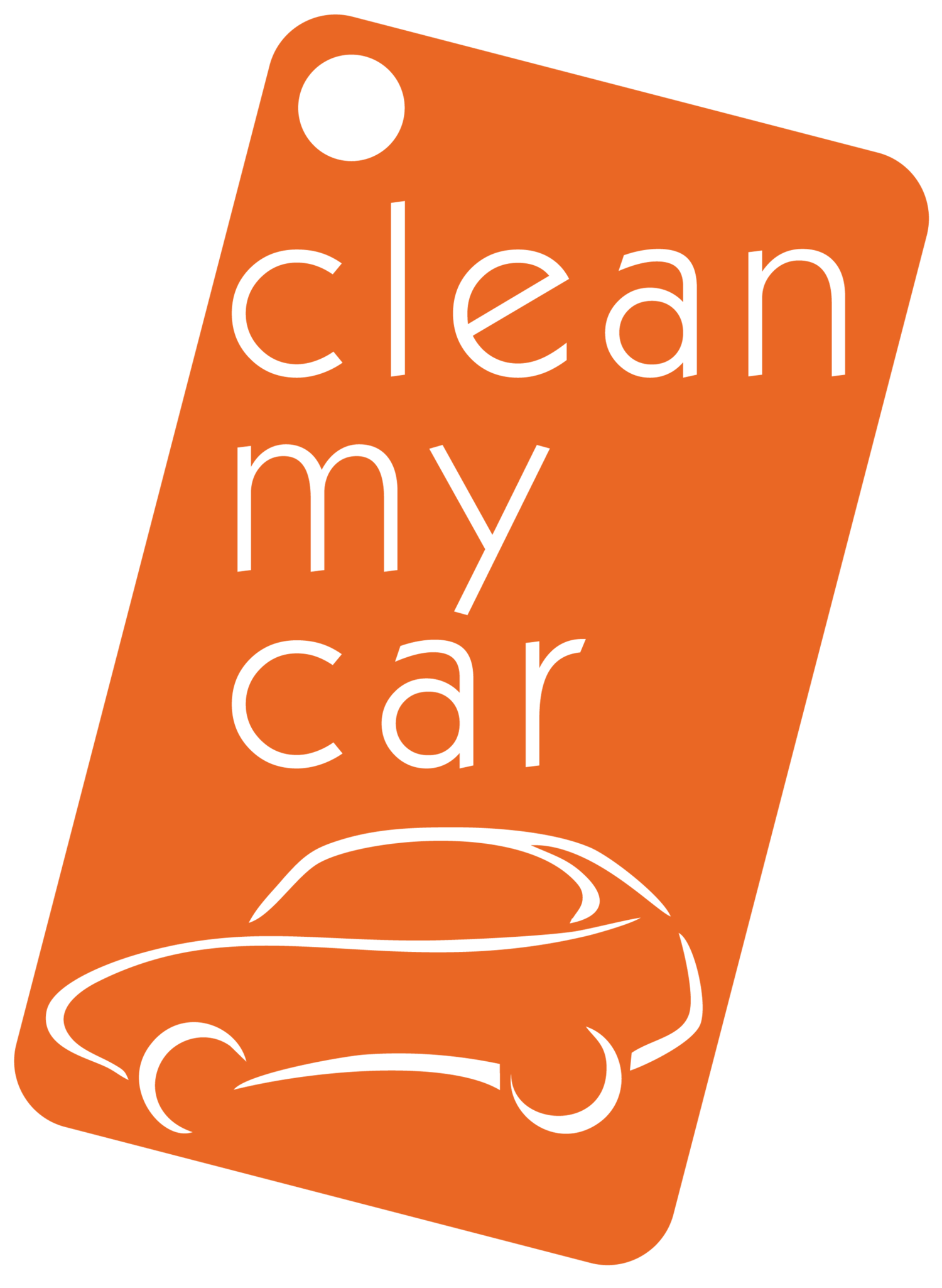If you have a dog, you know how big of a role they play in your life. From sharing your moment of joy (or sadness) to protecting you when they sense danger approaching. And, because of that, travelling with them in the car has become second nature.
Now, you want to be extra careful when you do that, because most dogs can get easily startled by things they see outside. They would suddenly start jumping up and down, barking.
This alone can cause you a major distraction, and quickly turn into a life-threatening situation
A recent study from the American Automobile Association found that 66% of the dog owners admit they have engaged in at least one potentially distractive activity while driving in the car with their dog.
Such activities include:
Petting their dog (52%)
Using arms to keep dog from climbing from the back seat to the front seat (19%)
Reaching into backseat to interact with dog (18%)
Allowing dog to sit on lap while driving (17%)
Giving food or treats to dog (13%)
Playing with dog (4%)
Taking a photo of dog (3%)
According to the AAA Foundation for Traffic Safety, looking away from the road for only two seconds doubles your risk of being in a crash.
And it’s not only your life that’s being put at risk, it’s also other people’s lives as well.
That is why having your dog unrestrained in a moving car can be dangerous. At the very least, here’s a few ways in which a un-properly restrained dog can cause damage to your car:
Scratch or tear the upholstery of your seats (Did you know that a one-seat replacement for an Audi can cost just under $5,000?)
Stain surfaces with their saliva (a dog’s saliva is highly acidic – so it can dissolve bones – and will irreversibly stain leather, plastic, and even the outside paint of your car)
Hair is stirred up by air draft, and becomes airborne, making it easy for you to breathe it in
Animal dander causes allergies and headaches (it also constitutes food for dust mites, which are powerful allergens themselves)
But these are not the worst things that can happen when your dog is free to move around in the car, because...
They can kill themselves and you, both!
How’s that, you ask? Simple.
One un-restrained 10 pound dog in a crash at 50mph will turn into a 500 pound ball of force (about the same as a medium size refrigerator), putting both your lives at huge risk. Not to mention that, similar to a young child, the front airbag system in a vehicle can be deadly to a dog during a crash if sitting in the front seat.
Dogs can also climb over, under or in between seats, block your view of the road ahead, knock your hands off the steering wheel, or even get under your feet making it impossible to apply the brakes.
So, what can you do about it?
The best way to reduce the risk of a distracted driving crash is to limit the opportunity your dog has to cause a distraction. The most effective way is by investing in some type of restraint. Some options include:
Pet harness / safety belt
Vehicle pet barrier
In the end, it doesn’t matter much which option you choose, as long as you make travelling in the car safer for both you and your dog.

